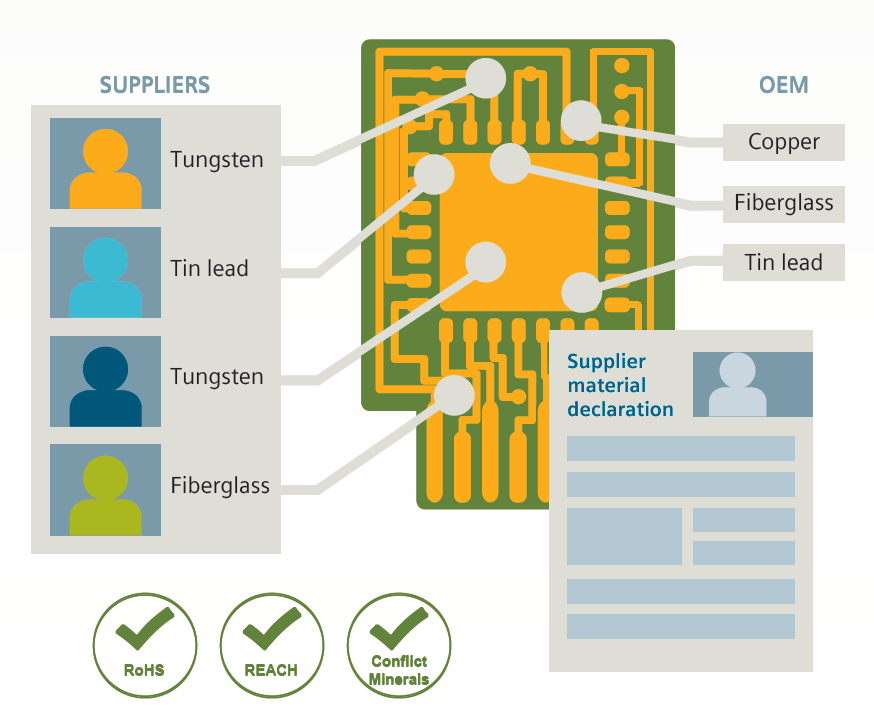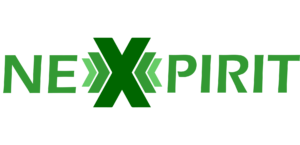
Substance Compliance Management
Substance compliance is a major challenge for manufacturers operating in today’s global marketplace. Thousands of materials used in product development are tightly regulated by local, state, country and regional directives. In addition, original equipment manufacturer (OEM) requirements, branch-specific industry standards and voluntary company targets need to be managed. To compound this challenge, the list of materials, exemption expiry dates and report requirements to central systems like IMDS and SCIP (Substances of concern In Products) and the levels of regulation are constantly changing to meet environmental concerns, improve resource management and avoid supporting geopolitical conflicts and human rights abuses.
The Teamcenter® software Substance Compliance solution helps companies address environmental decisions early in the product development process. Substance Compliance is a fully integrated solution and natural extension of the Teamcenter PLM platform. The data model has been extended to manage specific product materials and the substances used in the development of products. All material and substance definitions and their relationships to parts and products are managed using Teamcenter. Hereby you can streamline the process around supplier declarations to gain visibility into all the materials that make up your product. This will give you a complete picture of your product, a prerequisite for accurate compliance grading. With support for industry standards such as IPC-175x and CMRT, along with integrations to supplier declaration databases like SCIP, BOMcheck and IMDS, you have the ease of reaching out to a large number of suppliers in your supply chain and communicating your needs for declarations. Declarations coming in from suppliers are validated by Teamcenter and once approved, data is aggregated into the product BOM.
“Product compliance regulations such as REACH and RoHS require a detailed understanding and documentation of material composition down to the substance level. This requirement has a big impact through the product lifecycle, from development to end-of-life. ”
“A digital platform to manage supplier product composition information and provide visibility into hazardous material use can help companies avoid risks and stay compliant.”
“Using Teamcenter for our product sustainability framework, we can reduce the presence of hazardous substances used in our products, increase supply chain transparency, and address our Ecodesign objectives.”
“The foundation to any sustainability program is compliance. Without being compliant to regulatory laws companies are putting their business and all of their customers at risk. Compliance not only ensures competitiveness through sustainability excellence but also enables reliable product development across the whole supply chain.”
